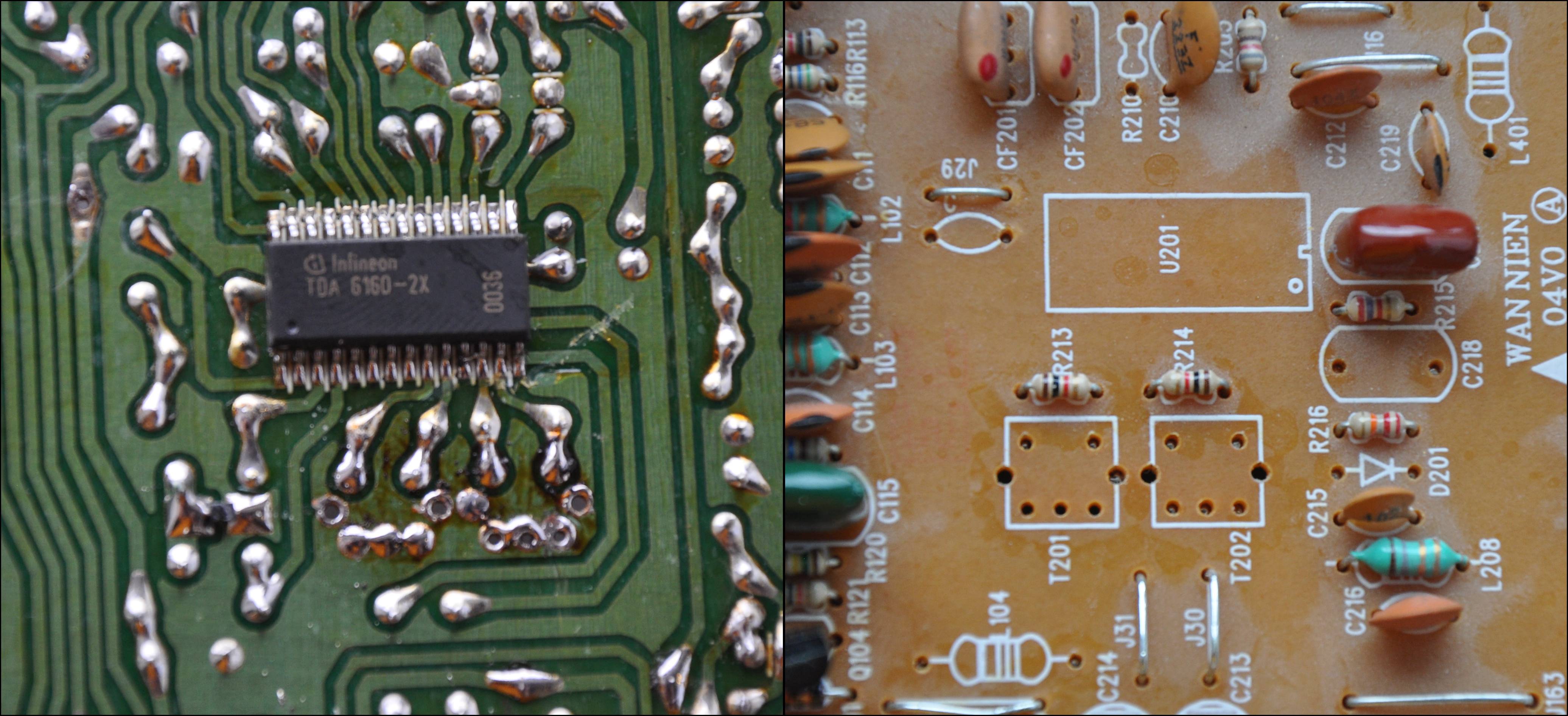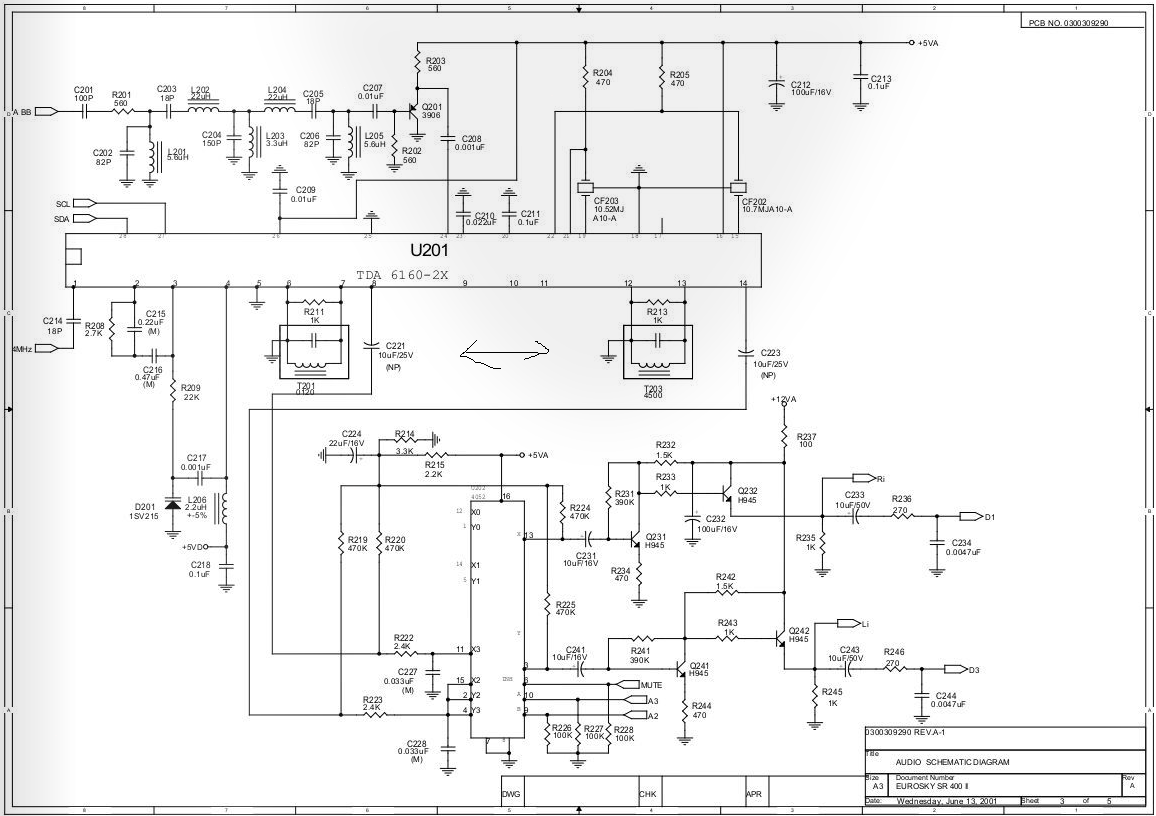I was trying to gather components as well as some desoldering experience from an old television tuner when I found those little fellows:

They were sitting next to an IC with the Code TDA 6160-2X. According to it's datasheet it's a
Multistandard sound IF-device consisting of a mixer as a frequency converter, a voltage-controlled oscillator (VCO) that can be continuously tuned in 10-kHz increments with crystal accuracy by means of a PLL, and three following parallel FM-limiter amplifiers with coincidence demodulators.

In the same datasheet one can find the following block diagram which shows that the caps were part of the demodulation circuit.

Now I can measure a short circuit between the two legs which were connected to the IC. The two sitting in the middle are a bit wider and connected with the case so those would be the mounting pins but the remaining three aren't connected internally to anything I can measure. I couldn't measure any capacitance between them and anything else either but then again I have only the component tester of my old scope available right now.
What kind of component is this and what's the purpose of the three pins previously connected to ground?
Edit: I found a little plastic screw for adjusting the component under the little plastic sticker.

